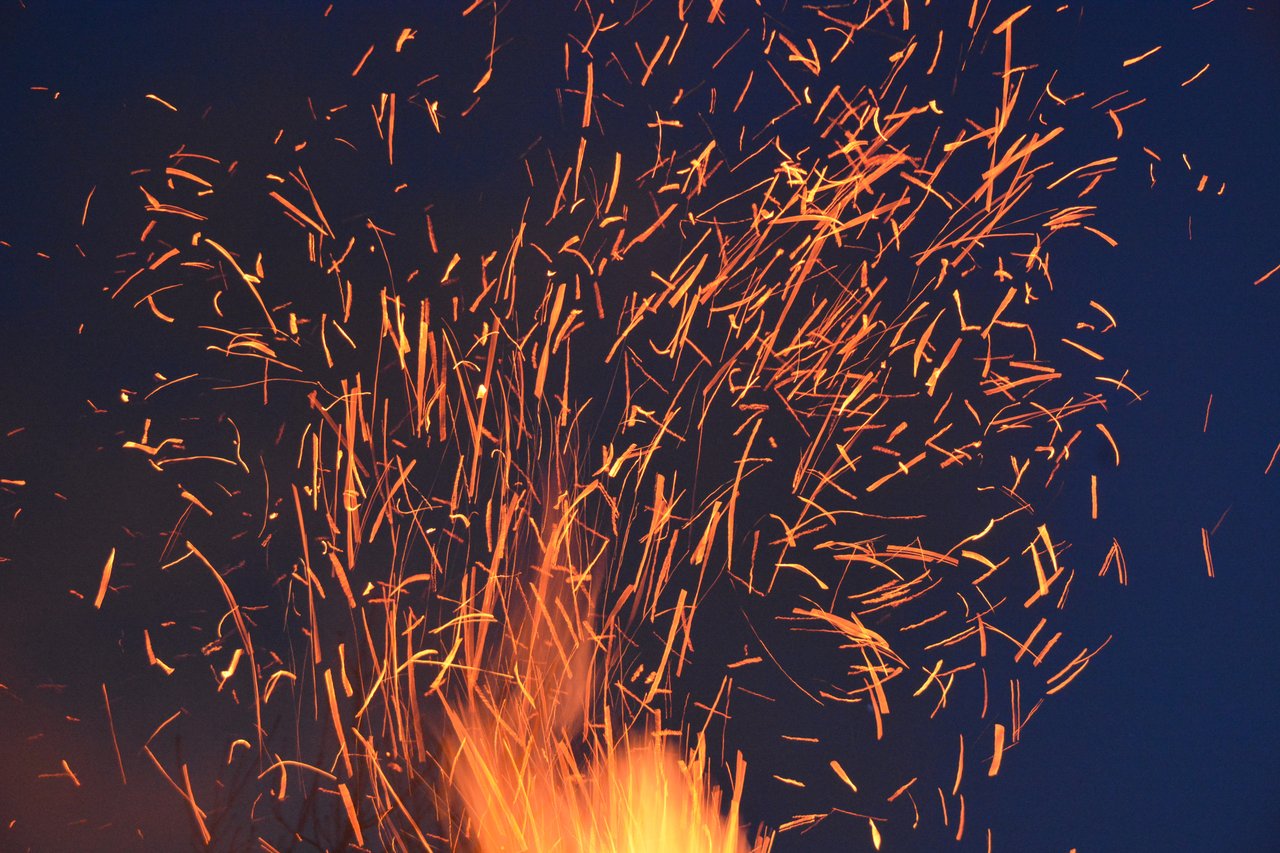 For some students, the fire is only the beginning. The nightmares, the grief and an all-consuming dread can persist for months or even years.
For some students, the fire is only the beginning. The nightmares, the grief and an all-consuming dread can persist for months or even years.
That’s what teachers and school employees have observed among students in California’s fire-ravaged areas, especially Sonoma and Butte counties, where deadly wildfires have struck repeatedly in recent years.
Now, those school districts are sharing their observations and advice with schools around the West that are adapting to a new reality: regular catastrophic wildfires.
“What we learned is that any kind of disaster relief must have a mental health component,” said Steve Herrington, Sonoma County superintendent of schools.
Sonoma County Office of Education administrators, along with colleagues in Mendocino, Butte, Shasta and other California counties recently impacted by wildfires, created an 84-page guide to help districts navigate natural disasters. The guide covers everything from assessing damage at school sites to taking attendance to filling out disaster relief forms.
Addressing mental health needs is a priority, said Matt Reddam, school and community wellness advisor for the Butte County Office of Education. A wildfire’s prolonged impact on students, families and school staffs cannot be underestimated, he said.
“Unless you’ve been through a large-scale disaster, you don’t realize you’re not going to struggle a little. You’re going to fall apart. You’re not going to be OK,” he said. “And there is no panacea. You can coach the adults how to provide support in the moment, how to keep stress levels low, but it’s very hard. Many people here are still struggling.”
The sight and smell of smoke — even when it’s far away — has triggered anxiety and trauma symptoms among students who lived through the Camp Fire, Reddam said.
What teachers and counselors noticed was that it took about six months for some students to show symptoms of trauma, he said. Initially, many students were focused only on survival. But after that period subsided, there was a collective emotional crash.
To help, schools adopted a comprehensive focus on social-emotional learning: helping students relax, strengthen their relationships with teachers and peers and express their feelings. Hiring counselors specifically for teachers has also been helpful, he said.
Teachers also learned to look out for students who seemed depressed or withdrawn, using screening tools provided by the National Child Trauma Stress Network, he said.
All of these steps have been made more difficult by campus closures, he said. It’s harder for teachers to identify a student who’s suffering, because teachers can’t observe students in person.
But even for schools that are open for in-person instruction, addressing trauma can be challenging because not all students react the same way — or at the same time — to a disaster like a wildfire, said Catherine Mogil, clinical director of the UCLA Family Stress, Trauma and Resilience Clinic.
Excerpted from “Even When the Smoke Clears, Schools Find Student Trauma Can Linger,” published in EdSource. Read the full article.
Download the Emergency Recovery Guide from the California County Superintendents Educational Services Association.
Source: EdSource | Even When the Smoke Clears, Schools Find Student Trauma Can Linger, https://edsource.org/2020/even-when-the-smoke-clears-schools-find-student-trauma-can-linger | copyright 2020 EdSource
A screening can help you determine if you or someone you care about should contact a mental health professional. CHC teletherapy services are available now. Call or email our Care Managers at 650.688.3625 or careteam@stage.chconline.org to set up a free 30-minute consultation appointment.





